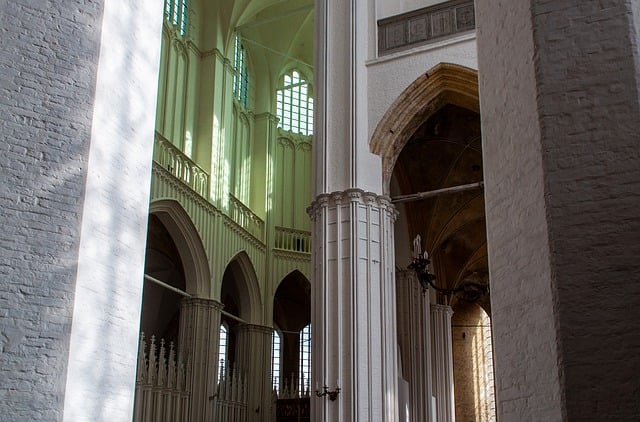Elegance and Grandeur: Exploring Classical Architecture
When we think of classical architecture, images of sprawling columns, grand facades, and meticulously detailed sculptures often come to mind. This architectural style, rooted in ancient Greek and Roman traditions, has a timeless appeal that continues to inspire awe and admiration. As we explore the elements that define classical architecture, we find ourselves immersed in a world of elegance and grandeur that transcends time.
The Essence of Classical Design
Classical architecture is synonymous with harmony and proportion. Its roots can be traced back to the principles laid out by Vitruvius, a Roman architect, who emphasized the importance of strength, utility, and beauty. These principles can be seen in structures like the Parthenon in Athens and the Pantheon in Rome, where mathematical ratios create a sense of balance and order.
Monumental Structures
One of the most captivating aspects of classical architecture is its monumental scale. Buildings designed in this style often command attention with their towering columns and expansive spaces. The use of Corinthian and Ionic columns not only adds visual interest but also serves to emphasize the importance of the structure, making it a focal point in its environment.
For instance, consider the stunning façade of the Lincoln Memorial in Washington, D.C. This tribute to the 16th President of the United States showcases the grandeur of classical architecture, with its imposing white marble structure and expansive steps leading to a seated Abraham Lincoln. Such buildings inspire a sense of reverence and connection to history, encapsulating the ideals that classical architecture seeks to embody.
Ornate Detailing
Beyond their sheer size, classical buildings are often adorned with intricate details. From the elaborate friezes of the Parthenon to the delicate carvings of doorways and window frames, these elements add depth and character. The craftsmanship displayed in classical architecture reflects the skill and artistry of the artisans who worked to bring these structures to life.
These details are not merely decorative; they tell a story. Each relief or ornamentation offers insight into the cultural values and beliefs of the time. As we observe these artistic choices, we connect with the past, finding a common thread that weaves through centuries of human expression.
Timeless Appeal
The enduring allure of classical architecture can be seen in its revival throughout the ages. From the Neoclassical movements of the 18th century to contemporary interpretations, the principles of classical design continue to resonate. Modern architects often draw inspiration from these timeless structures, adapting their grandeur for today’s context.
Today, cities around the world feature buildings that pay homage to classical architecture. Whether it’s a courthouse, a university, or a public library, these modern interpretations maintain the elegance and dignity associated with the style, allowing new generations to experience the beauty of classical principles in contemporary forms.
Experiencing Classical Architecture
To truly appreciate classical architecture, one must engage with it on a personal level. Visiting these monumental structures fosters a unique connection to history, prompting reflection on the cultural significance they hold. Walking through ancient ruins or standing in the shadow of a grand temple allows us to appreciate the human ingenuity and creativity that has shaped our world.
Moreover, classical architecture encourages us to consider the environments we inhabit. It compels us to think about beauty, function, and the relationships we build with the spaces around us. In a time when modern design often prioritizes minimalism, encountering classical architecture reminds us that elegance and grandeur have their place in shaping our cultural landscape.
In the journey through classical architecture, we not only discover the artistry of the past but also find inspiration for the future. Each structure serves as a testament to our shared heritage, inviting us to honor the artistry and ideals that connect us as a society.




